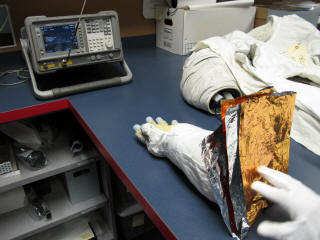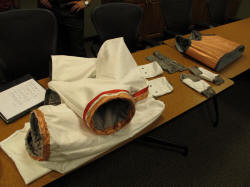Task 2 - Intra-Spacesuit Radio Channel Propagation: Modeling, Measurements, and Wearable Antennas
This task began in 2012 by looking at an idealized small‐scale model of the radio propagation problem in the presence of human body elements within a spacesuit. How can a wireless sensor mounted on one part of the body communicate reliably with a radio elsewhere in the suit - and ultimately to a spacecraft or planetary base of operations nearby?
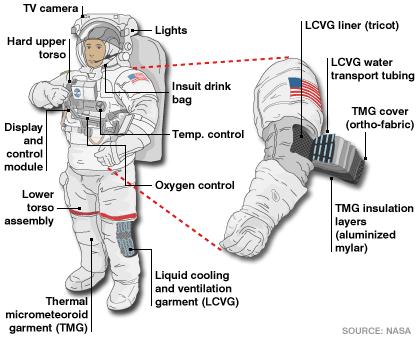
Figure 1. EMU Space Suit Structure with TMG insulation layers
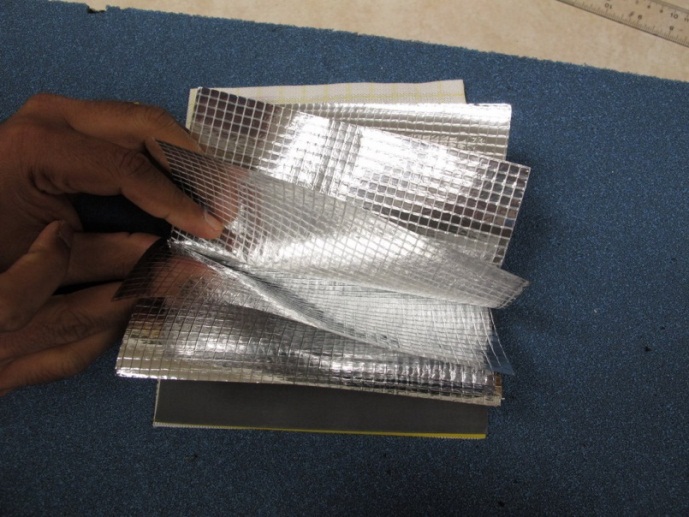
Figure 2. Multiple aluminized mylar layers in a section of EMU space suit TMG from ILC Dover, Inc
As seen in Figure 1 and 2, common suits consist of an air-tight bladder below a multi-layer outer protective cover. This outer layer includes a "TMG" layer to retain body heat and to shield from micrometeroids - and is typically built using layers of aliminized mylar. Under this condition, the radio signal is contained within a waveguiding structure, with path losses resulting mainly from body absorption of the radio waves.
We conducted a thorough literature review of related prior work that is open for public access. Our findings revealed that while impact of human body has been extensively studied in the context of body area networks (BAN), there has been little work done to understand the propagation within confined setting such as a spacesuit.
We therefore devoted a significant amount of time understanding and developing an approximate analytic model for radio propagation within a space suit. A recent report by the IEEE working group on BANs suggested that the human body behaves more like a conductor rather than a dielectric. As a result, we hypothesized that the coaxial cable mode of propagation would be a better analytic fit than a waveguide model for intra‐suit propagation.
We used Agilent’s EM Pro simulator for our initial investigations of propagation characteristics. Specifically, we started with the simulation of a human arm segment within an aluminum shell (to mimic space suit shielding).
Figure 3. Researchers conducting shielding effectiveness measurements of Apollo spacesuit
Since task 2 focuses on incorporating a wireless network into the space suit, first we must understand the properties of the medium through which the signal will travel. Initially, we have come up with two deterministic models for the suit:
1) Electromagnetic cylindrical waveguide, and
2) Lossy coaxial cable.
Simulations in EM Pro were used to predict the behavior of radio signals in a space-suit environment. Much time was dedicated in the early stages of this task to the theory and modeling of a flesh-based conductor (i.e. a human leg) inside of a radio-opaque sleeve, such as what would be expected as part of a space suit. These predictions later set the stage for what measurements would be carried out on real-life astronaut garments.
Figure 4. Space suit insulation layers are largely radio opaque
Our research team had the opportunity to visit the Cosmosphere in Hutchinson, KS to conduct research on retired Apollo A7L space suits. A radio transmitter and spectrum analyzer were used to measure signal propagation through the suit as shown above.
Following measurements on the A7L suits at the Kansas Cosmosphere, we contacted ILC Dover to obtain additional materials for testing. These materials are used in the current EMU space suits and include modified Thermo-Micrometeoroid Garment (TMG) metal layers.
Measurement of these materials confirm that the TMG layers are radio opaque as assumed in the small scale initial propagation study work above. For large-scale testing, a graduate student in K-State's Apparel and Textiles and Interior Design Department built a model of a modern suit using an internal Metal-fabric layer to represent the signal propagation environment created by the TMG material.
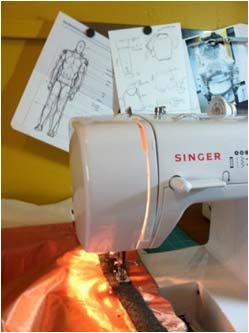
Figure 5. Construction of KSU space suit
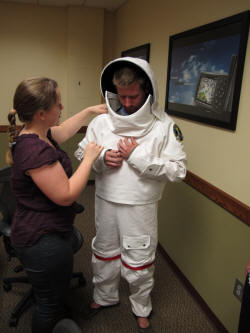
Figure 6. Final K-State Spacesuit Mockup Model
Also, advancements in antenna materials research and flexibility have made it possible to integrate antennas into flexible clothes.
Due to congestion in existing industrial, scientific, and medical (ISM) bands, the demand to utilize other bands is of paramount importance. Various MedRadio band antennas are investigated, evaluated, and compared, and their shortcomings are overcome through a proposed new antenna design. The new self-shielded folded bow-tie antenna minimizes human body effects and maximizes off-body radio wave radiation characteristics, making it a promising choice for the general area of WBAN technologies as well as potential new space suit environments.

